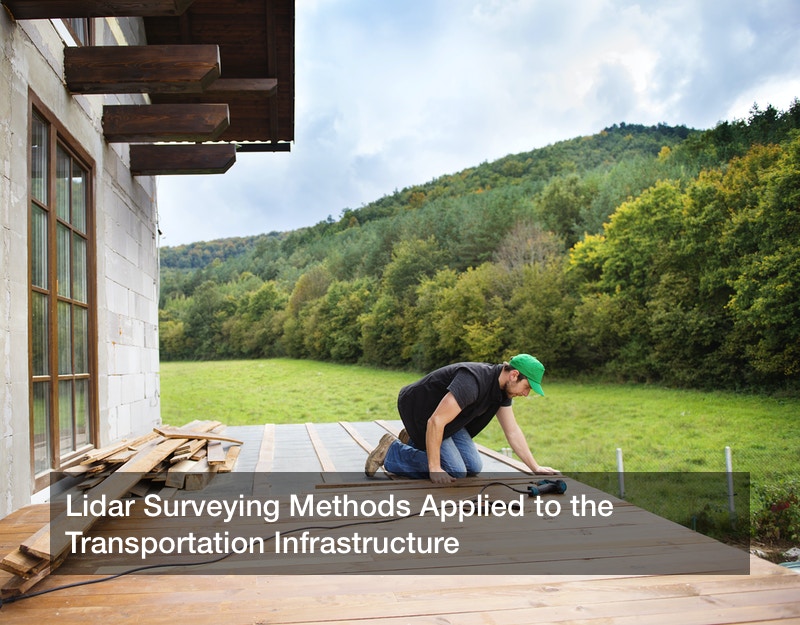
The transportation infrastructure in America is showing signs of wear and tear, and Light Detection and Ranging (Lidar) technology offers the means to improve road development and management, according to Ceinsys Tech Ltd. This statement is also supported by 3D Laser Mapping. As they explain, Lidar uses laser pulses to gather measurements. These measurements are then used to design three-dimensional models of items or terrains.
By applying these techniques, which are also employed during Lidar surveying in Latin America, we can begin to address the following concerns.
1. Road Conditions.
Current estimates show that more than one out of every three main thoroughfares in the United States have been found to be in passable or inadequate condition. The amount of strain put on these roads is increasing as well. Over 50% of the interstates in the United States are being stretched to 70% of their maximum limits, and almost 25% of them are stressed to over 95% of their capacity. Road conditions are also a factor in accidents. Roughly one-third of fatalities on the highways are associated with subpar road conditions, outmoded roadway designs, or hazards along the side of the road. Ceinsys reports that the data collected via Lidar may be utilized to more accurately assess road damage, survey road networks, and conduct an analysis of pavement.
2. Bridge Conditions.
Bridges are a cause for concern as well. Over 25% of America’s bridges are either in need of substantial repair work or are currently supporting a higher volume of traffic than they were intended to bear.
GIS Resources states that maintaining bridges successfully depends on the reliability of the bridge inspection data that is obtained, the accuracy of predictions for bridge performance, and the successful planning of maintenance. Because it allows for the visualization and analysis of the structures of bridges in a three-dimensional setting, Lidar technology is now a standard tool used to monitor bridges.
3. Time and Cost Reduction.
As Ceinsys points out, the high level of speed and accuracy with which Lidar can collect and analyze data makes it a fast, cost-effective way for authorities to gather the information necessary to make decisions regarding road maintenance.
The use of Lidar surveying in Latin America enabled archaeologists to discover over 60,000 concealed Maya ruins in Guatemala. The application of this accurate, time-saving, cost-effective method of acquiring data greatly benefits us by helping us solve issues facing America’s transportation system.
